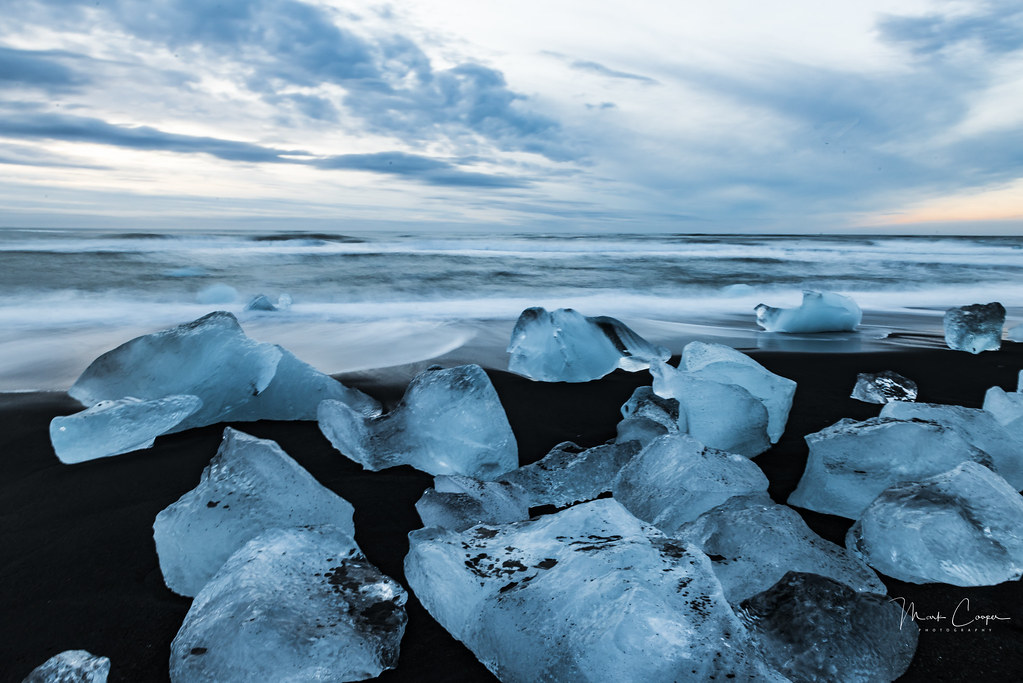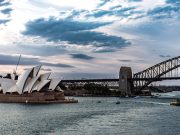The world’s glaciers are melting at an alarming rate, and the consequences of this phenomenon are becoming increasingly apparent. From rising sea levels to extreme weather events, the effects of climate change are being felt across the globe. But what do we really know about these majestic ice formations? Enter “Chasing Ice,” a groundbreaking documentary that takes viewers on a journey to uncover the stunning beauty and fragility of Earth’s glaciers. Through breathtaking footage and expert analysis, this film offers a unique perspective on one of the most pressing environmental issues of our time. Join us as we explore the world of “Chasing Ice” and discover the awe-inspiring power of these frozen wonders.
1. Capturing the Beauty of Earth’s Frozen Wonders: An Introduction to Chasing Ice
Chasing Ice is a documentary film that captures the beauty of Earth’s frozen wonders. The film follows National Geographic photographer James Balog as he sets out to capture the effects of climate change on glaciers around the world. Through stunning time-lapse photography, Chasing Ice showcases the majesty and fragility of these icy landscapes.
The film takes viewers on a journey to some of the most remote and beautiful places on Earth, including Greenland, Iceland, and Alaska. Along the way, Balog and his team face incredible challenges, from harsh weather conditions to technical difficulties with their equipment. But their perseverance pays off, as they capture breathtaking footage of glaciers calving, or breaking apart, and melting at an alarming rate. Chasing Ice is a powerful reminder of the urgent need to address climate change and protect our planet’s natural wonders.
- Stunning visuals: Chasing Ice features some of the most breathtaking time-lapse photography ever captured, showcasing the beauty and power of Earth’s glaciers.
- Compelling story: The film follows James Balog and his team as they face incredible challenges to capture the effects of climate change on glaciers around the world.
- Important message: Chasing Ice is a powerful reminder of the urgent need to address climate change and protect our planet’s natural wonders.
2. The Epic Journey of a Photographer: Uncovering the Mysteries of Glaciers
Glaciers are one of the most fascinating natural wonders on Earth. They are massive, slow-moving rivers of ice that can be found in the coldest parts of the world. For a photographer, capturing the beauty and mystery of glaciers is a challenging but rewarding experience.
As a photographer, you need to be prepared for the harsh conditions that come with photographing glaciers. You need to be equipped with the right gear, including warm clothing, sturdy boots, and a good camera. You also need to be patient and willing to wait for the perfect shot. Glaciers are constantly changing, and the light and weather conditions can change quickly, so you need to be ready to adapt to the situation.
- Glaciers are formed by snow that has accumulated over many years.
- They can be found in places like Antarctica, Greenland, and the Himalayas.
- Glaciers are melting at an alarming rate due to climate change.
Despite the challenges, photographing glaciers is an epic journey that can take you to some of the most remote and beautiful places on Earth. It is a journey that will test your skills as a photographer and your endurance as a human being. But it is also a journey that will reward you with stunning images that capture the majesty and mystery of these incredible natural wonders.
3. From the Arctic to the Antarctic: A Visual Journey of the World’s Most Stunning Glaciers
Glaciers are one of the most stunning natural wonders on Earth. They are massive, slow-moving rivers of ice that can be found in some of the most remote and beautiful places on the planet. From the Arctic to the Antarctic, glaciers can be found in almost every corner of the world. They are not only beautiful but also play a crucial role in regulating the Earth’s climate.
One of the most stunning glaciers in the world is the Perito Moreno Glacier in Argentina. This glacier is over 3 miles wide and 200 feet tall. It is constantly moving and shifting, creating a stunning display of ice and water. Another stunning glacier is the Jostedalsbreen Glacier in Norway. This glacier is the largest in mainland Europe and covers over 300 square miles. It is a popular destination for tourists who want to experience the beauty of the Norwegian landscape. As we come to the end of our journey through the stunning glaciers of our planet, one thing is clear: the beauty and majesty of these icy giants is truly awe-inspiring. But beyond their breathtaking appearance, these glaciers also hold a vital role in our planet’s ecosystem and climate. The work of James Balog and his team in “Chasing Ice” has brought this reality to the forefront, showcasing the urgent need for action to preserve these natural wonders. As we move forward, let us remember the importance of these glaciers and the role we all play in protecting them for generations to come.






























